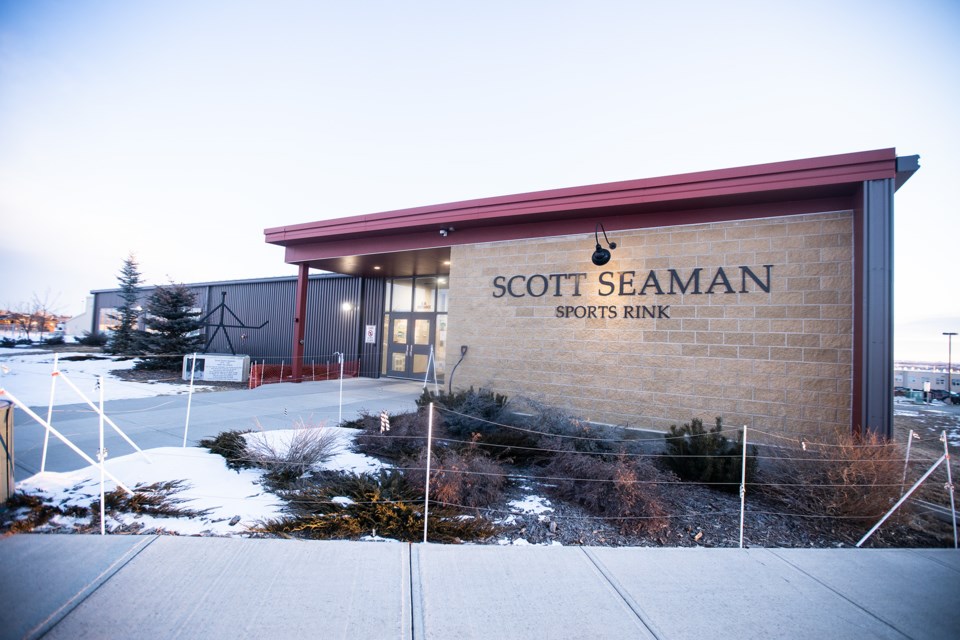Foothills County Reeve Delilah Miller isn't all in on green energy and neither are her colleagues.
The group heard a presentation from municipal energy manager Adeniyi Adeaga Wednesday for a project that would see more than 1,000 solar panels installed on the roof of the Scott Seaman Sports Rink, estimated to save more than $63,500 in utility costs annually.
Despite council providing support for the project as part of last year's energy management plan, councillors and the reeve peppered Adeaga with questions.
"I have many, many, many questions around this," said Miller. "I’m not a proponent of solar as many of you know."
A decision on whether to move forward with the project won't come until March 15, after council voted to postpone.
The proposed grid-tied, rooftop solar PV system would generate approximately 465 kW of power annually, according to Adeaga, who was recently successful in a funding application through Infrastructure Canada's Green and Inclusive Community Buildings program.
With this approval, Infrastructure Canada has committed to covering 80 per cent of the project costs.
In his grant application, Adeaga estimated the total cost of the project at $1.3 million, meaning the County would be on the hook for about $260,000.
Miller has been vocal about her concerns regarding end-of-life processes for solar panels, expressing worry they would end up in landfills or be abandoned by companies and left for the County to deal with.
"We’ve been pretty big advocates for end-of-life and recycling of solar panels and then we’re going to slam 1,000 of them on one of our buildings," she said.
Adeaga said there are many options available as far as type and material of solar panels.
"These kind of solar panels that we are considering here are over 90 per cent glass and aluminium and things that are easily recyclable, they don’t contain those heavy metals that might pose challenges for recycling," he explained.
The manager also said it would be worth considering putting a portion of utility savings into a fund that could be used to deal with end-of-life scenarios, should that become a problem.
Other concerns raised included impact to the facility's roof, with one councillor suggesting the panels would cause the structure to deteriorate faster. Adeaga said the panels would actually prolong the life of the roof, protecting it from hail and other harsh weather.
Council also raised concerns the project could compromise the structure of the building during installation, though Adeaga said the panels would be attached to the seam of the roof, but not penetrate it.
A full structural engineer assessment would be conducted prior to project commencement, he added.
Miller suggested other considerations be made given the flatness of the panels and potential accumulation of snow which she said would make them less efficient. The energy manager assured Miller and council the panels would still be effective and would be similar to layouts on buildings in Diamond Valley and Airdrie, which he has toured in-person.
Coun. RD McHugh said he was in need of more "comprehensive information" on the project, specifically relating to maintenance. The majority of his peers agreed, pushing the conversation ahead five weeks.
The facility is already home to two green projects – a device that allows the ice surface to be flooded without the use of hot water and a project which recovers excess heat from the ice plant.




